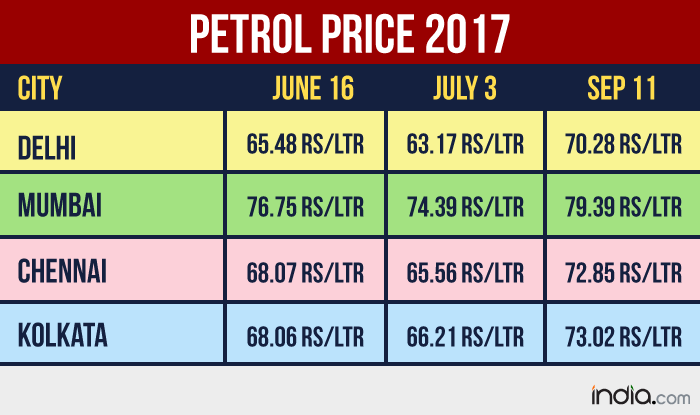Inflation is the increase in the prices of goods and services over time. It’s an economics term that means you have to spend more to fill your gas tank, buy a gallon of milk, or get a haircut. Inflation increases your cost of living. The inflation of india between 5% – 7% per annum. So select the saving plan to beat the inflation. Saving instrument with less than 5% interest is loss for you in long term. This post, we will discuss best saving scheme available in india.
Senior citizen saving scheme : 8.7 %
Senior Citizens Savings Scheme was especially planned keeping in mind the unique needs of senior citizens in India, that is, individuals of at least 60 years of age can open account
in post office.
Sukanya samriddhi yojana : 8.5%
A natural/ legal guardian on behalf of a girl child. Account can be opened at any departmental post office or authorized banks in India.
Public Provident Fund: 8.0 %:
Individuals who are residents of India are eligible to open their account under the Public Provident Fund, and are entitled to tax-free returns. PPF account is opened for 15 year period.
Kisan Vikas Patra: 7.3 %
Encourage long-term financial discipline in people. Indian citizen age 18 can buy a Kisan Vikas Patra from the nearest post office.
Nation saving certificate: 7.6 %
Post Office National Savings Certificate (NSC) is one of the most popular small saving schemes among Indians. You can invest in this scheme to generate a regular fixed income and at the same time for your retirement planning.
Atal Pension Yojana: 7.37 %
in the age group of 18 to 40 years is eligible for a monthly pension at the age of 60. The monthly pension could be Rs 1,000 and Rs 5,000 depending on the contribution made by subscribers.
EMPLOYEE Provident Fund : 8.55 %
EPF can be opened only by salaried employees in India. The EPF scheme basically aims at promoting savings to be used post-retirement by various employees all over the country. Employees’ Provident Fund or EPF is a collection of funds contributed by the employer and his employee regularly on a monthly basis.
NPS : 10% (on average )
National Pension System (NPS) is a perfect solution for retirement planning. It provides old age income with reasonable market based returns. It is based on unique Permanent Retirement Account Number (PRAN) which is allotted to every subscriber for NPS.
VOLUNTARY Provident Fund: 8.75 %
Voluntary Provident Fund (VPF) aka Voluntary Retirement Fund is the voluntary fund contribution from the employee towards his provident fund account. This contribution is beyond the 12% of contribution by an employee towards his EPF. The maximum contribution is up to 100% of his Basic Salary and Dearness Allowance. Interest is earned at the same rate as the EPF.
Recurring Deposit: 5.75% to 8.05%
A recurring deposit (RD) account is a special kind of term deposit wherein a fixed amount of money is deposited in the account every month for a specific time period. This money earns interest, which is compounded quarterly, and can be withdrawn at the end of the stipulated tenure. The rate of interest depends on the fixed amount of deposit which you decide to pay, with regard to the tenure of the payment. A higher sum and longer tenure attract greater rates of interest.
Fixed Deposit: 7% –
Keep your money in bank for the specific period of time ranging from 7 days to 10 years. Once the money is with the bank, it starts earning an interest that is based on the duration of the deposit and can go to rates as high as 9% per annum, depending on the bank and the scheme.
Saving Account and Post office saving scheme :4%
A savings account is a basic type of bank account that allows you to deposit money, keep it safe, and withdraw funds, all while earning interest. Opening a savings account should take less than an hour (sometimes just a few minutes), and the account will serve you for many years to come. Keep the money in saving account only in case the money your day-to-day spending. Never keep your lumpsum in saving account as it would earn less than inflation interest. Keep money in saving account for longer time is loss compare to inflation rate.
Select saving account which gives better than inflation .
Compare to all the saving instrument, Fixed deposit, PPF and EPF provides better returns. Select saving instrument based on your requirement and investment plan.






